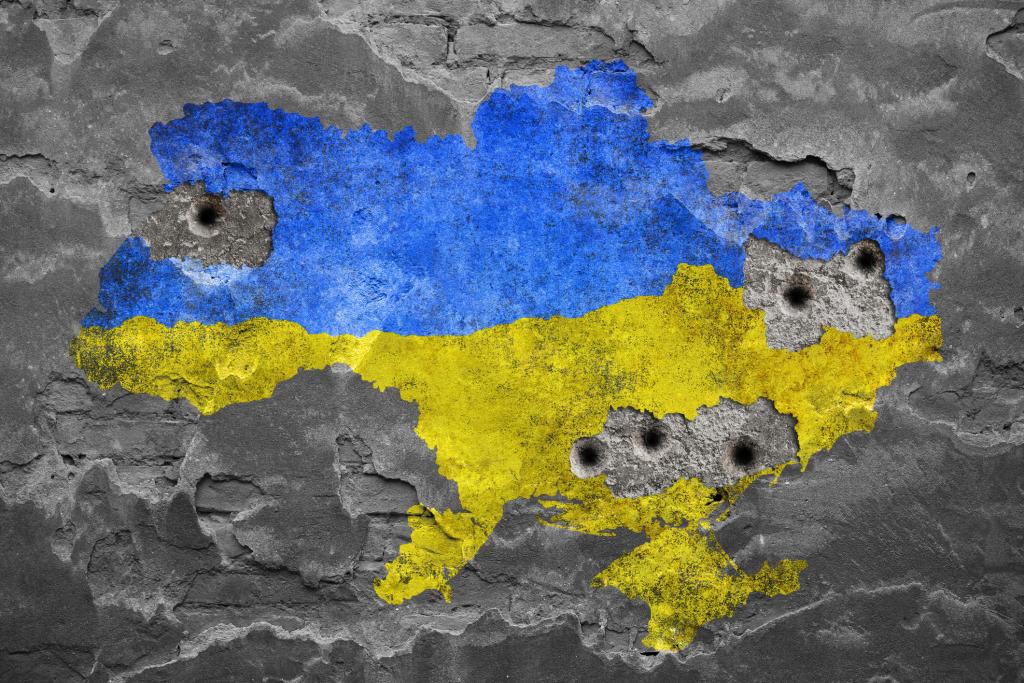The War in Ukraine will be entering into its second year on 24 February. As this grim anniversary nears, Russia and Ukraine are preparing to conduct major offensives, suggesting that no end to the war is in sight.
On the backfoot after Ukraine retook considerable swathes of its territory last fall, Moscow has regained the military initiative since December. With a strategy aimed at overwhelming Ukrainian defences with waves of poorly trained conscripts and convicts recruited into its Wagner mercenary group, it has made incremental gains in the Donetsk region. Characterised by trench warfare, duels of artillery, and unprotected frontal assaults by Russians, the battle for the city of Bakhmut has reminded observers of warfare unseen in Europe since the world wars. Despite the massive casualties it has sustained, the Russian forces continue to push around Bakhmut hoping to capture a city whose importance is more symbolic than strategic.
After the humiliation they suffered in Ukraine last year, the Russian General Staff and the Kremlin need a victory to sustain the moral of its military and citizens. The capture of Bakhmut, they hope, may serve as a springboard for a larger offensive to capture the whole Donetsk and Luhansk regions. To that end, Moscow has been amassing troops in Eastern Ukraine. However, it may have to conduct another round of mobilisation among its population, straining the surprisingly enduring domestic support for the invasion. As the Russian General Staff seems to understand, the offensive would need to happen before Ukraine receives more Western weapons – particularly the much-anticipated German made Leopard tanks – in the spring. The Russian forces continue, meanwhile, to build defensive lines in areas it captured in Ukraine, suggesting it is also preparing for Ukrainian counteroffensives.
Kyiv, by contrast, has consolidated its control in the areas it liberated from Russia in the Kherson region and Eastern Ukraine. While the topic is debated among its military and civilian leadership, Ukraine’s current strategy is to bleed the Russians near Bakhmut before withdrawing in good order to the next fortified city and position, instead of withdrawing to more easily defendable positions immediately. A similar strategy was used rather successfully in spring 2022 in Sievierodonetsk and Lysychansk, two cities in the Luhansk region. By forcing Russia to sustain heavy casualties for minimal territorial gains, Ukraine is hoping to blunt the upcoming Russian offensive and discourage it from a protracted war.
Meanwhile, Kyiv prepares its own offensive in Eastern and Southern Ukraine. For this to happen, it needs to receive the promised Leopard tanks and other armored vehicles and to train the personnel to operate them. It also needs to have enough troops available after the battle of Bakhmut and the following Russian offensive. The Ukrainian military appears to be thus amassing experienced forces in preparation for an attack. Importantly, Kyiv hopes for increased weapons deliveries from the West, potentially including new types of weapons such as fighter jets in the next months, arguing – probably rightly – that the war in Ukraine may be decided by fall 2023.
There is no prospect for negotiations in Ukraine in the coming months as both belligerents believe they will be able to improve their positions on the battlefield. Likely, it is only by fall 2023 – as a new frontline and balance of power consolidate – that the fighting may recede. The contours of a potential ceasefire are however exceedingly difficult to predict at this stage since they will depend on Ukrainian and Russian successes on the battlefield.



